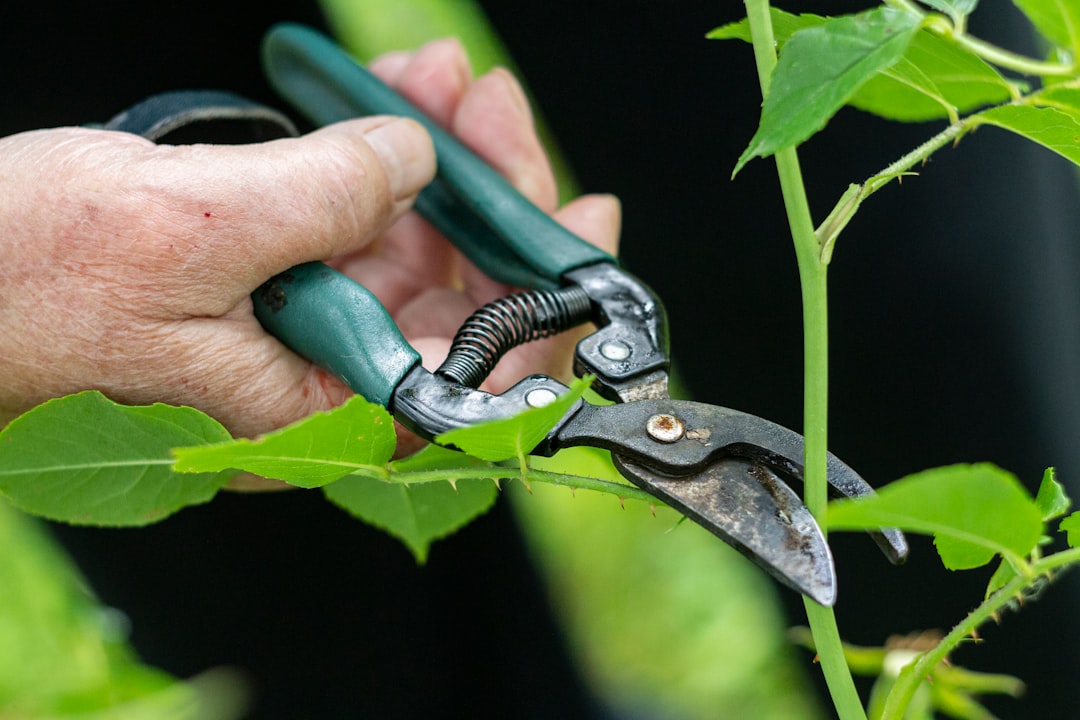Pruning fruit trees is both an art and a science. Done correctly, it improves tree structure, increases fruit production, and helps prevent disease. However, different trees require different pruning methods depending on their species, age, and fruiting habits. Whether you're caring for a newly planted tree or an established orchard, this guide will walk you through the best pruning techniques for shaping, maintaining health, and maximizing fruit yield.
Why Prune Fruit Trees?
Pruning isn’t just about cutting branches—it’s about guiding a tree’s growth for long-term productivity. Here’s why it matters:
🌳 Encourages Strong Structure – Reduces weak limbs that may break under fruit weight.
🍏 Increases Fruit Production – Stimulates healthy new growth where fruit develops.
💨 Improves Airflow & Sunlight Penetration – Reduces disease risk and enhances fruit ripening.
🦠 Prevents Pests & Disease – Removes dead or diseased wood before problems spread.
When to Prune Fruit Trees
Dormant Season (Late Winter to Early Spring)
✅ Best for major shaping and structural pruning.
✅ Encourages vigorous spring growth.
Summer Pruning (After Fruit Set)
✅ Controls tree size and removes excessive growth.
✅ Helps light and air reach inner branches for better fruit ripening.
Avoid Fall Pruning
🚫 Can stimulate unwanted new growth before winter dormancy.
Pruning Techniques for Different Fruit Tree Types
1. Open-Center (Vase) Pruning – Best for Peaches, Plums, Nectarines, Apricots
🌿 Ideal for stone fruits that need lots of sunlight and airflow.
🌿 Creates a bowl-shaped tree with 3-5 main scaffold branches.
🔹 How to Prune for an Open Center:
✔ Remove the central leader to create an open structure.
✔ Select 3-5 well-spaced branches as the primary framework.
✔ Remove inward-growing and crossing branches.
2. Central Leader Pruning – Best for Apples, Pears, European Plums
🌿 Suited for pome fruits (apples, pears) and trees that naturally grow upright.
🌿 Encourages strong vertical growth with horizontal branching.
🔹 How to Prune for a Central Leader:
✔ Keep a single, dominant central trunk.
✔ Space out lateral branches in tiers (like a Christmas tree).
✔ Remove competing upright shoots to maintain one leader.
3. Modified Central Leader – Best for Cherries, Pecans, Large Apple Trees
🌿 A mix between central leader and open center methods.
🌿 Allows for multiple strong scaffold branches while keeping a vertical trunk.
🔹 How to Prune for a Modified Central Leader:
✔ Keep a single trunk for the first few years.
✔ As the tree matures, allow 3-5 main scaffold branches to form.
✔ Remove competing leaders to keep a balanced structure.
4. Espalier Pruning – Best for Apples, Pears, Some Figs & Peaches
🌿 A method of training trees to grow flat against a wall or trellis.
🌿 Great for small spaces and decorative gardens.
🔹 How to Prune for Espalier:
✔ Choose a flat-growing species (apples and pears work best).
✔ Train branches along horizontal wires or a trellis.
✔ Prune regularly to maintain the shape.
Pruning Based on Tree Age
Newly Planted Trees (First Year)
🌱 Focus on shaping the framework for future growth.
✂ Remove weak, damaged, or crossing branches.
✂ Make heading cuts to encourage branching.
Young Trees (1-4 Years Old)
🌳 Establish strong scaffold branches.
✂ Remove excessive vertical shoots (watersprouts).
✂ Thin out crowded growth to improve structure.
Mature Trees (5+ Years Old)
🌿 Focus on maintaining fruit production.
✂ Remove dead, diseased, or old non-productive wood.
✂ Thin overcrowded branches to let sunlight in.
Common Pruning Mistakes to Avoid
🚫 Over-Pruning – Removing too much at once weakens the tree.
🚫 Ignoring Suckers & Water Sprouts – These energy-draining shoots should be removed.
🚫 Cutting Too Close to the Trunk – Always leave a small collar to aid healing.
🚫 Topping the Tree – Reduces fruit production and weakens structure.
Final Thoughts
Pruning fruit trees is essential for keeping them healthy, productive, and manageable. By choosing the right method for your tree type and age, you can shape it for long-term success and enjoy bountiful harvests year after year.

Comments
No comments yet. Be the first to comment!
You must be logged in to comment. Login